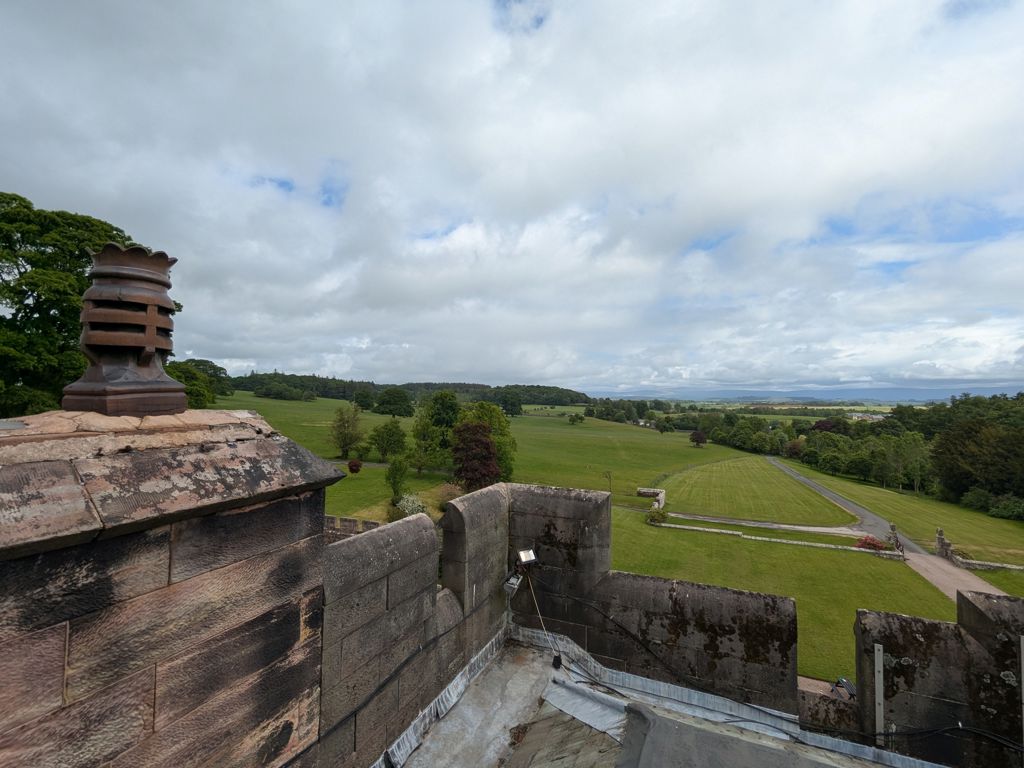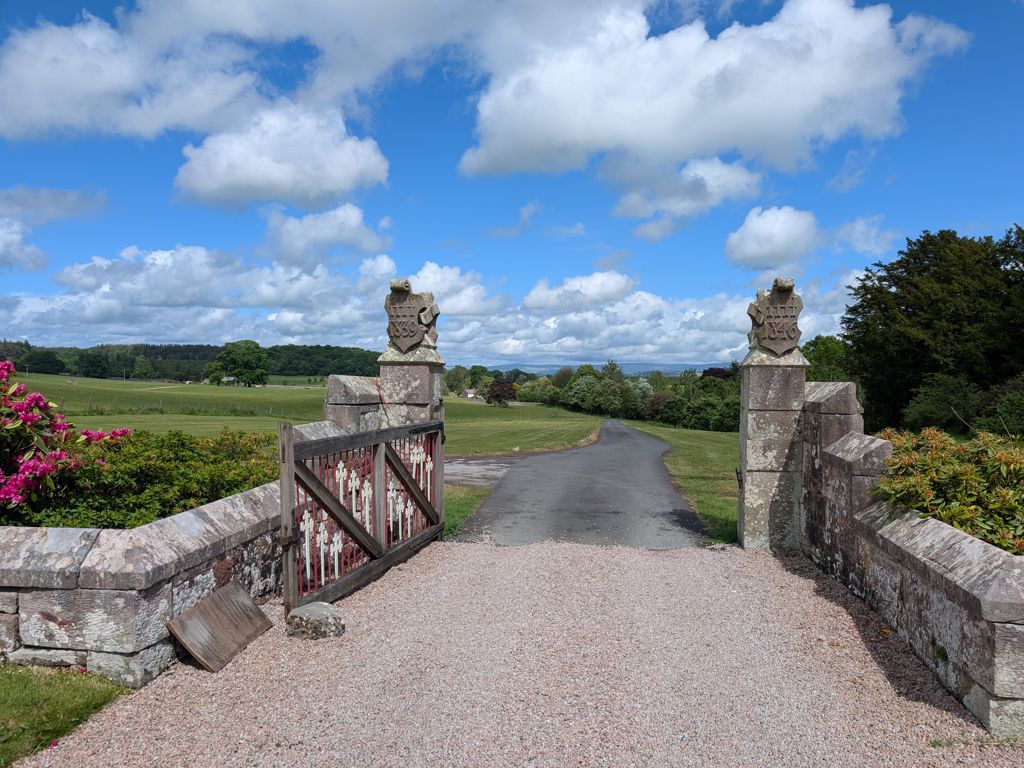Greystoke Castle

Greystoke Castle is located in the ceremonial county of Cumbria, just outside of the Lake District and a couple of miles west of Penrith.
Click here to watch our video exploring Greystoke Castle and discover its history.
- Region
- North West, England
- Period
- 12th Century
- Type
- Norman Castle
- Condition
- Intact
- Ownership
- Private
- Access
- Public - Admission Charge
Origins
The origins of Greystoke Castle date back nearly a thousand years. Following the Norman Conquest, the English noble Ligulf de Greystoke was reinstated to his lands in 1069 and built a wooden pele tower on the site, marking the earliest phase of the castle's history.
A Pele Tower is a small fortified keep that was commonly built along the Anglo-Scottish border. Their main function was defence and were square or rectangular in shape, at least three stories high and normally free standing.
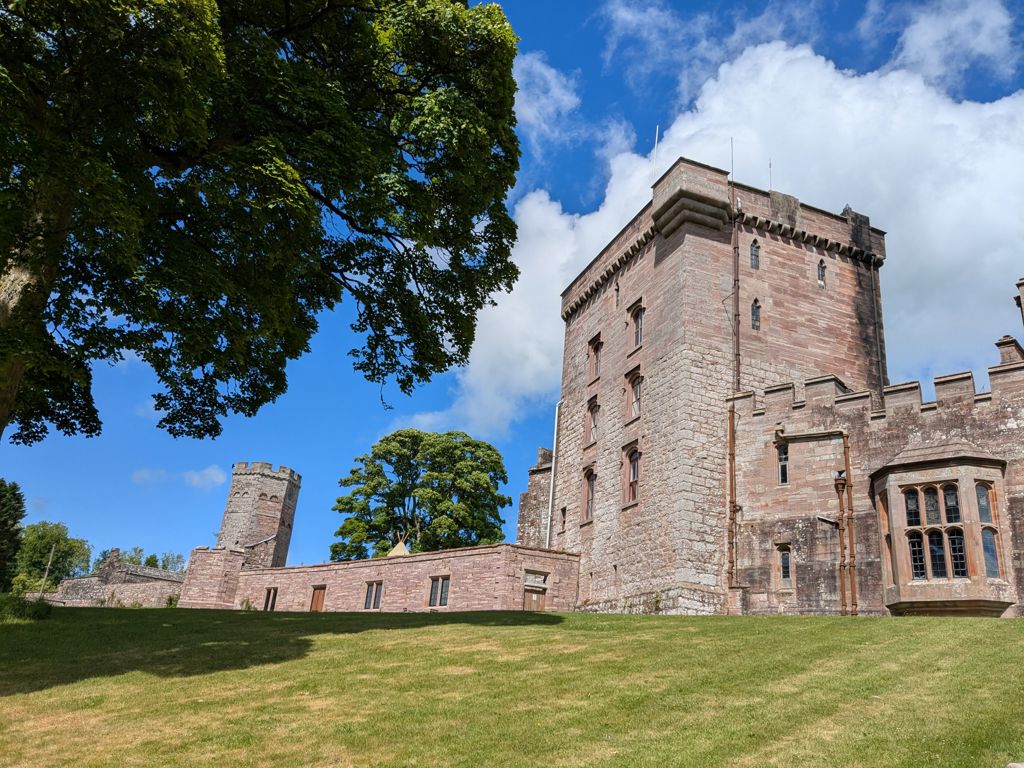
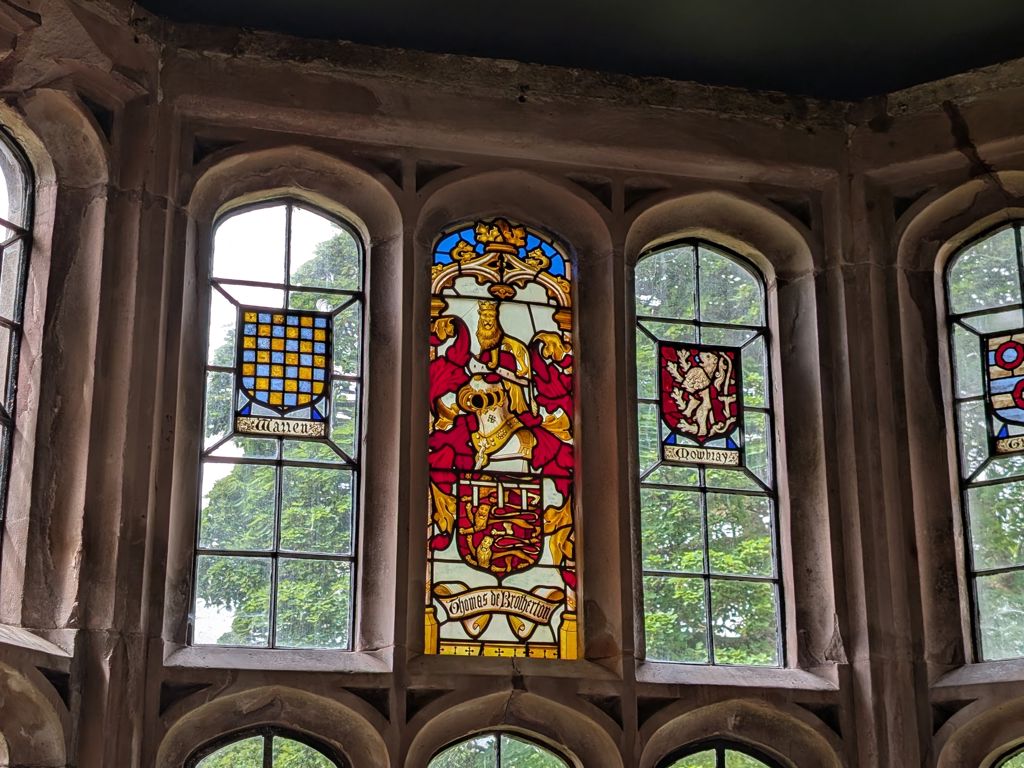
In 1129, Ligulf's grandson, Ivo rebuilt the pele tower in stone and extended it, at some point a chapel was added which could have been built by 1300, however it was not until 1353 that a licence to crenellate (fortify) the castle was granted to William de Greystoke by King Edward III and Greystoke became a true castle!
William de Greystoke, 2nd Baron Greystoke, had a distinguished military career. He fought on the English side during the Hundred Years' War between England and France and was present at the Siege of Calais in 1346. He served under Edward, the Black Prince, during campaigns in France and later joined the Northern Crusades led by Henry of Grosmont, 1st Duke of Lancaster, in Prussia from 1351 to 1352. In the early 1350s, Greystoke was also involved in negotiations for the release of King David II of Scotland, who had been captured at the Battle of Neville's Cross on 17 October 1346.
He was appointed captain of Berwick-upon-Tweed, but his absence - due to ongoing military service in France - meant he was not present when the town fell to the Scots in August 1355. In recognition of his service, he was granted a royal licence to crenellate in 1353, after which Greystoke Castle underwent further expansion. It is believed the castle was transformed into a quadrangular structure with four corner towers.

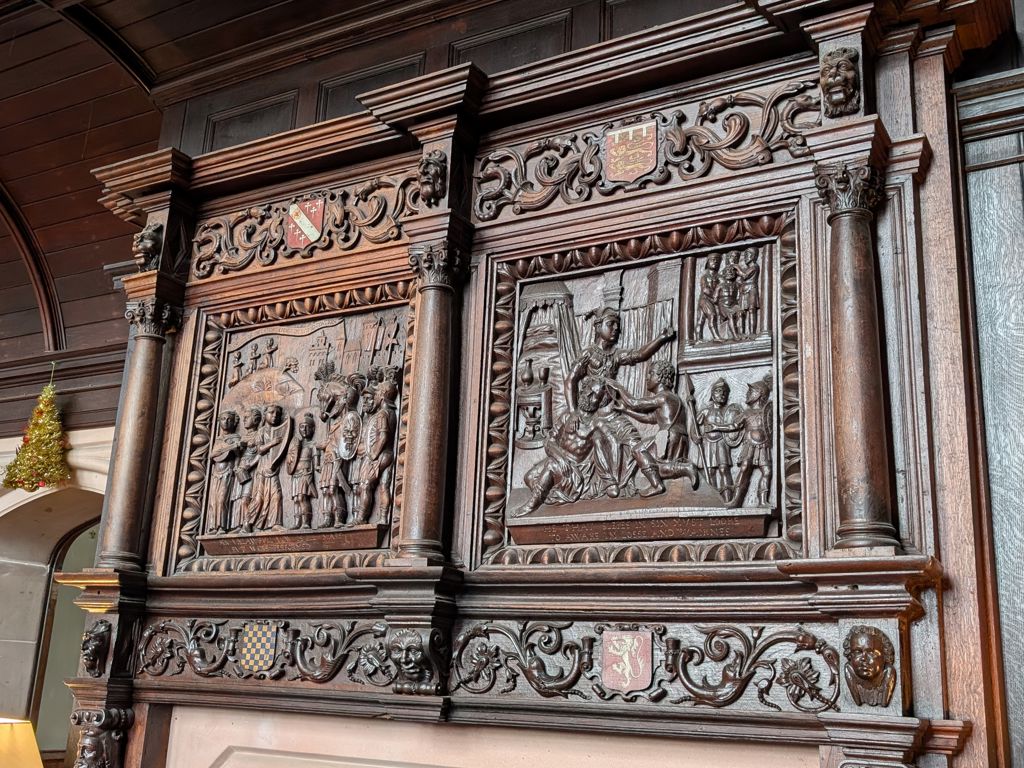
Family Ties
In the early 16th century, Greystoke Castle passed into the hands of the wealthy Dacre family through marriage. However, this ownership was short-lived, as the estate soon transferred again,also through marriage, into the powerful Howard family. Following the death of Thomas Dacre, 4th Baron Dacre, in 1566, his widow, Elizabeth, inherited his lands and secretly married Thomas Howard, 4th Duke of Norfolk. Elizabeth died in childbirth the following year, in 1567.
Her son, George, along with his three sisters, were left orphaned in the household of their stepfather, the Duke. When George died in 1569, the three daughters became co-heiresses to Greystoke Castle. By the time each girl reached the age of 14, they had all been married to the Duke's sons, their stepbrothers, ensuring that Greystoke Castle remained securely within the Howard family.
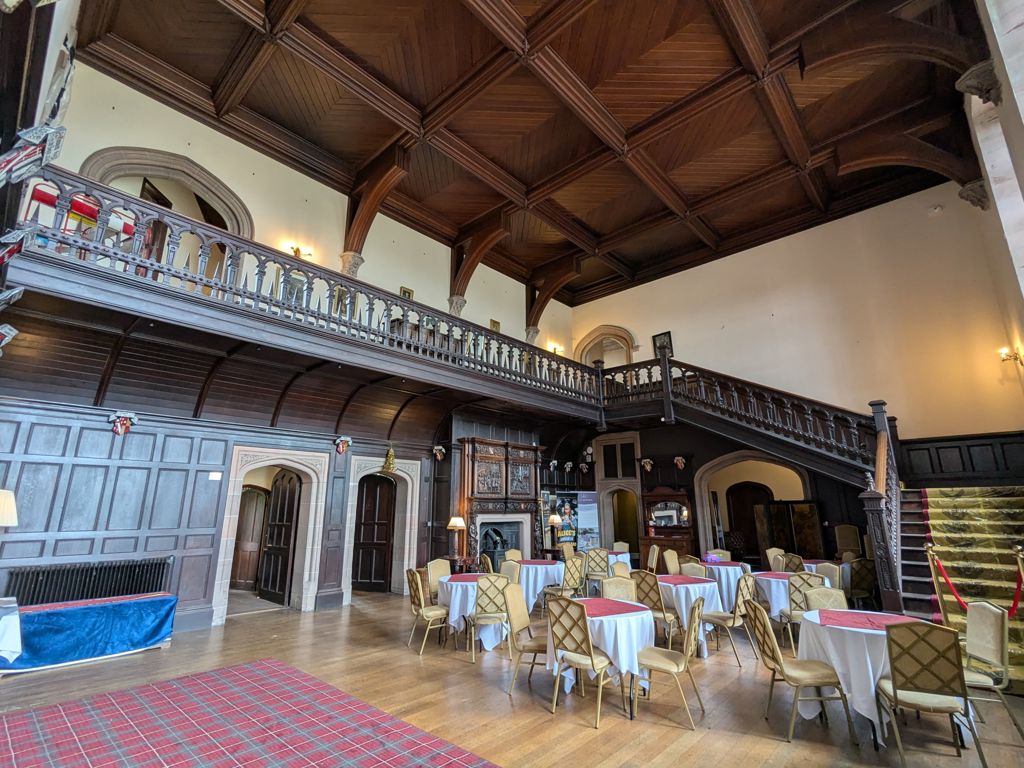

During the reign of Queen Elizabeth I, Thomas Howard, 4th Duke of Norfolk, initially enjoyed royal favour and was appointed a Knight of the Garter. However, in 1571, he became entangled in the infamous "Ridolfi Plot" - a conspiracy to depose the Protestant Queen, liberate the imprisoned Catholic Mary, Queen of Scots, and place her on the throne, with Thomas as her husband.
The plot was uncovered before it could be carried out, and Thomas, along with his fellow conspirators, was arrested, tried for high treason, and sentenced to death. Despite his betrayal, it appears Elizabeth retained some affection for him, hesitating to sign the execution warrant. However, under increasing pressure from Parliament, she eventually relented, and Thomas Howard was executed by beheading at Tower Hill on 2nd June 1572.
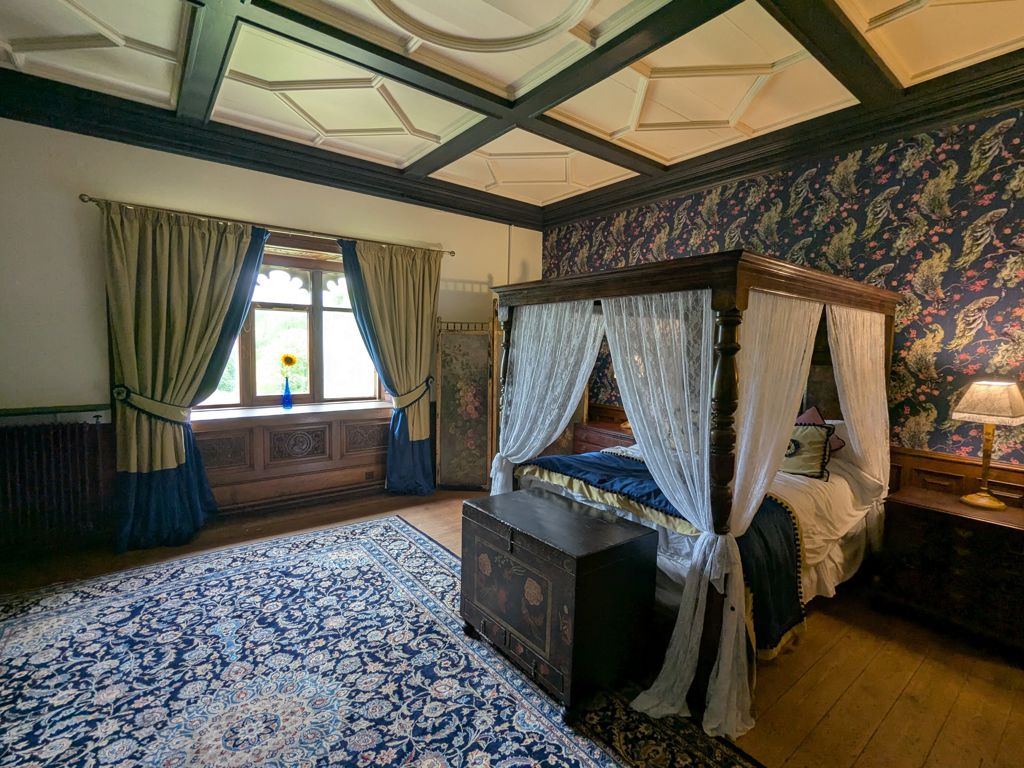
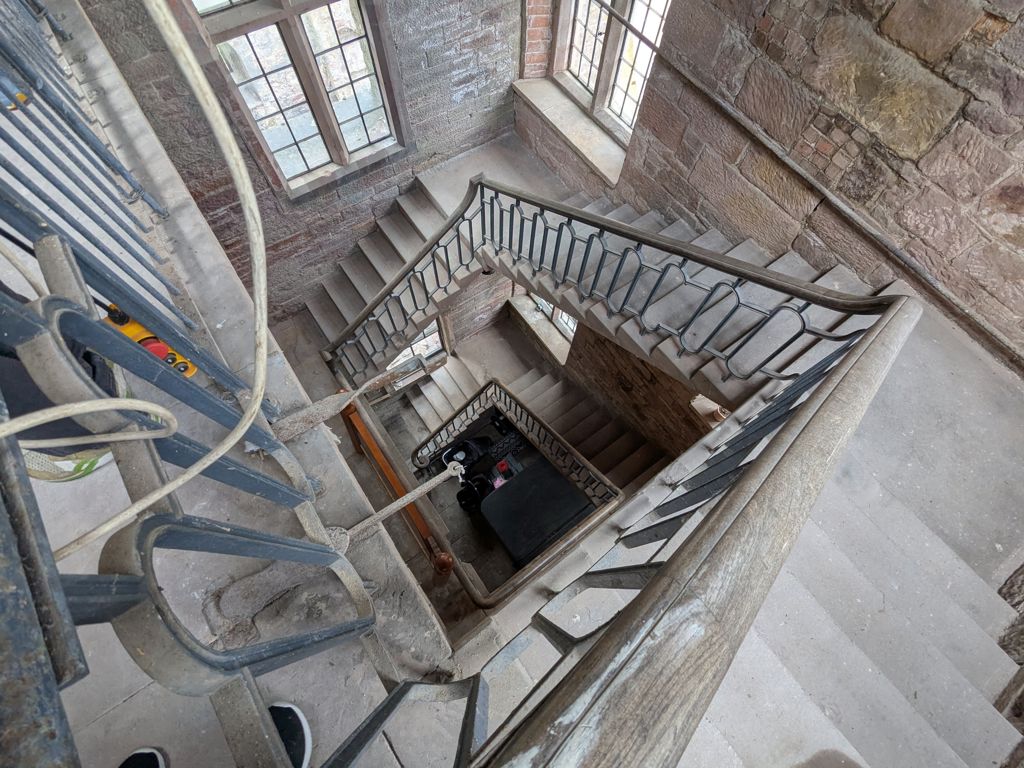
Civil War
In 1642, the English Civil War broke out between Parliament and the Crown over the future governance of the country. The Howard family, staunch Catholics, supported the Royalist cause against the Parliamentarians. In 1648, Greystoke Castle was besieged and captured by Parliamentarian forces led by General Lambert. By the end of the conflict, the castle had been largely destroyed and subsequently abandoned.
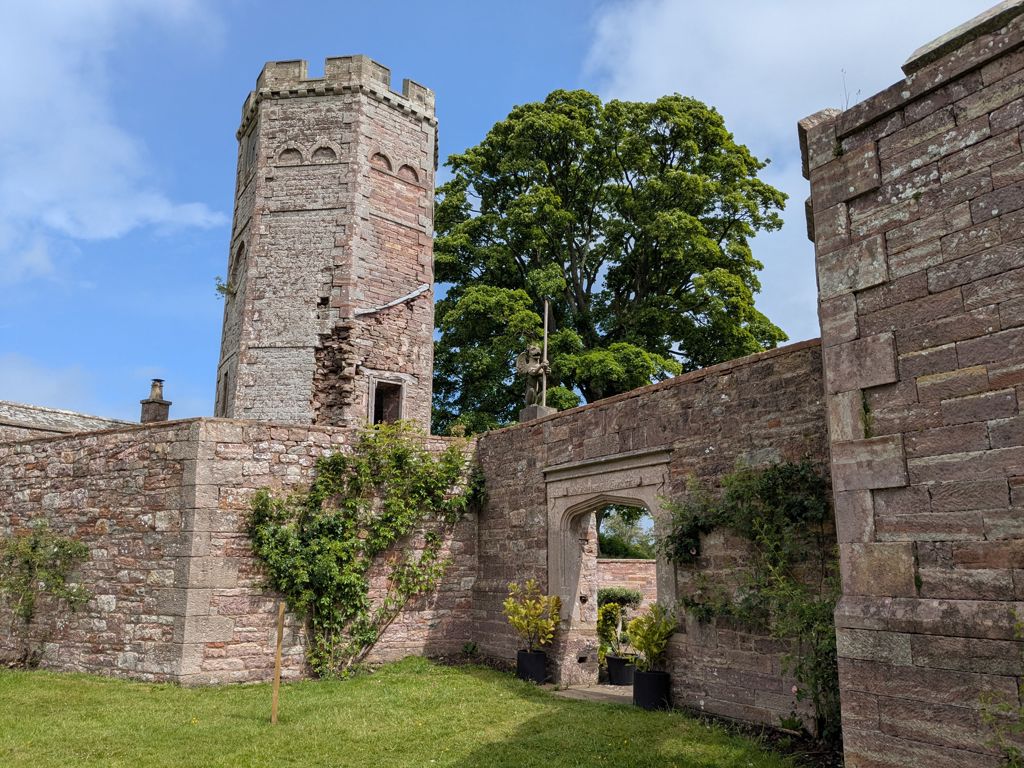
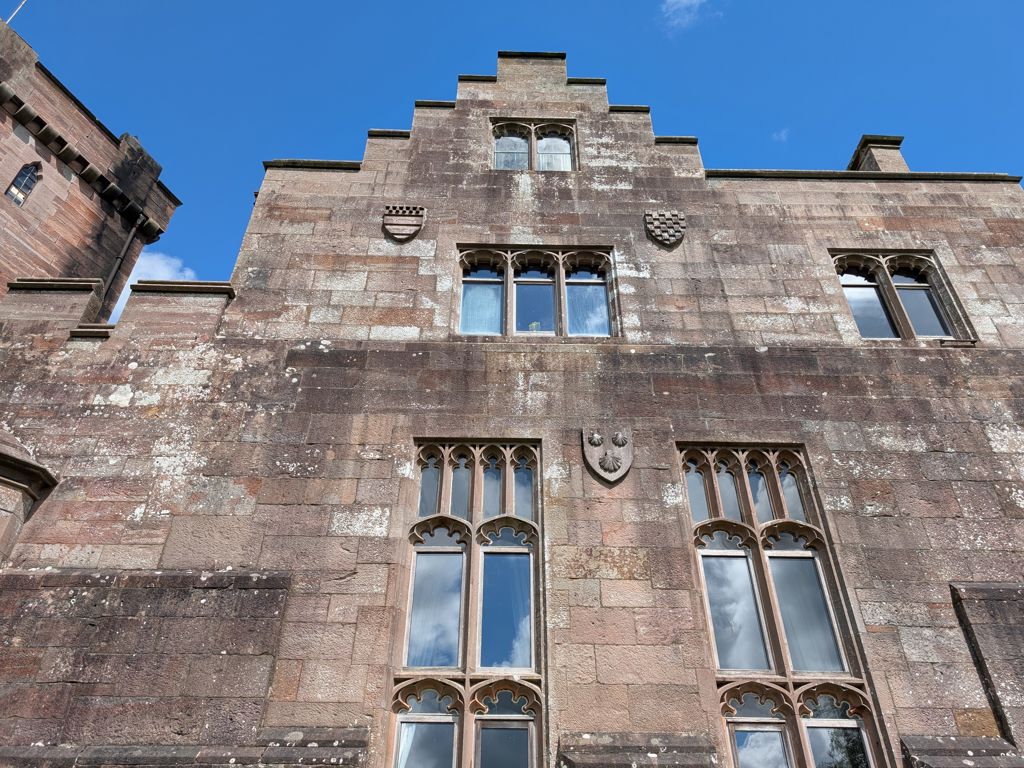
Renovation & Disaster
In the 1840s, Greystoke Castle was revitalised through the vision and skill of renowned architect Anthony Salvin. Salvin rebuilt and expanded the castle, thoughtfully incorporating its historic elements - including the original pele tower and created a modern, working farm estate.
Tragedy struck again in 1868 when a maid accidentally left a lit candle in a linen cupboard. The resulting fire spread rapidly, devastating large sections of the castle.
Henry Howard once again turned to Salvin to oversee the restoration. The reconstruction was carried out using materials sourced from within the estate. In a remarkable act of integrity, Henry even returned a portion of the insurance payout, believing he had been overcompensated for the damage.
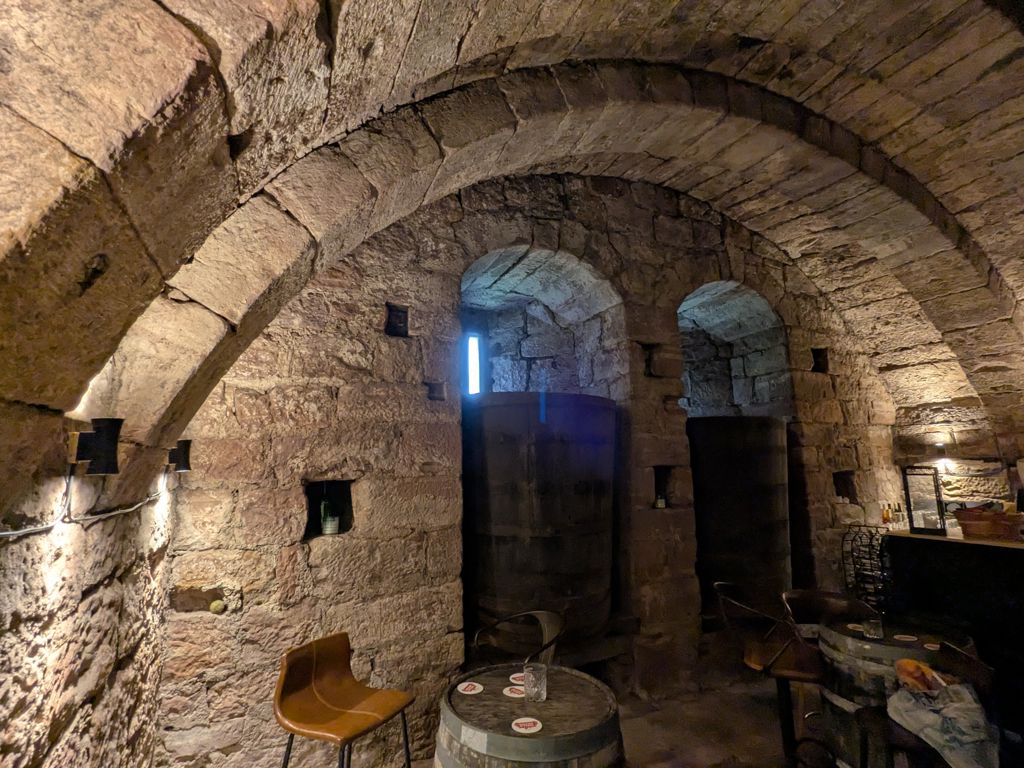
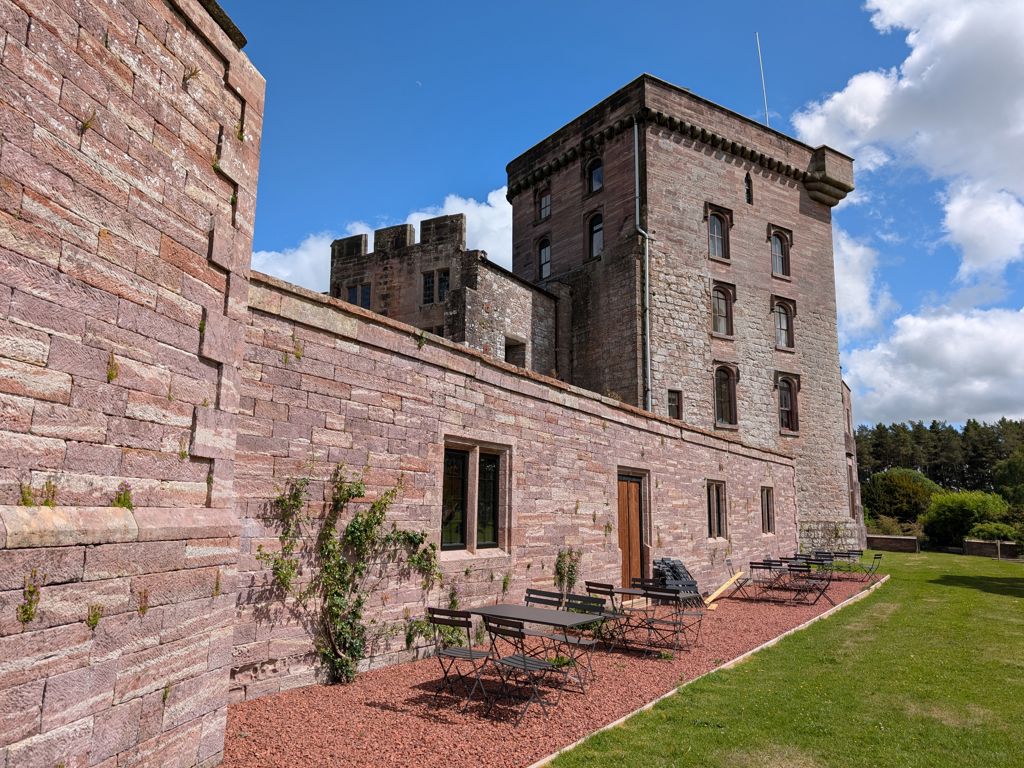
Greystoke was allowed a few further years of peace until the onset of the Second World War when it returned to military action after the army commandeered the estate to use as a tank drivers' training ground. The castle also became a prisoner of war camp, primarily housing Polish men who had fought alongside the Germans. These prisoners contributed to the local war effort by working on nearby farms, helping to fill the labour shortage left by local men serving in the military.
Although the castle helped the war efforts, it suffered significant damage. When it was finally returned to the Howard family in 1949 it had been badly damaged. Again the Howard family set about the slow long process of restoring the castle, the process was begun by Stafford Howard and has been continued by the family.
In recent years, Greystoke Castle has undergone significant change. Faced with the high costs of upkeep, the Howard family made the difficult decision to sell many of the castle's historic contents - including furniture and portraits - at auction in 2021. The following year, in 2022, they offered the castle on a long-term lease. However, with the building in need of extensive restoration and requiring substantial financial investment, few were willing to take on the challenge. It was entrepreneur Tom Nash who took the challenge on.
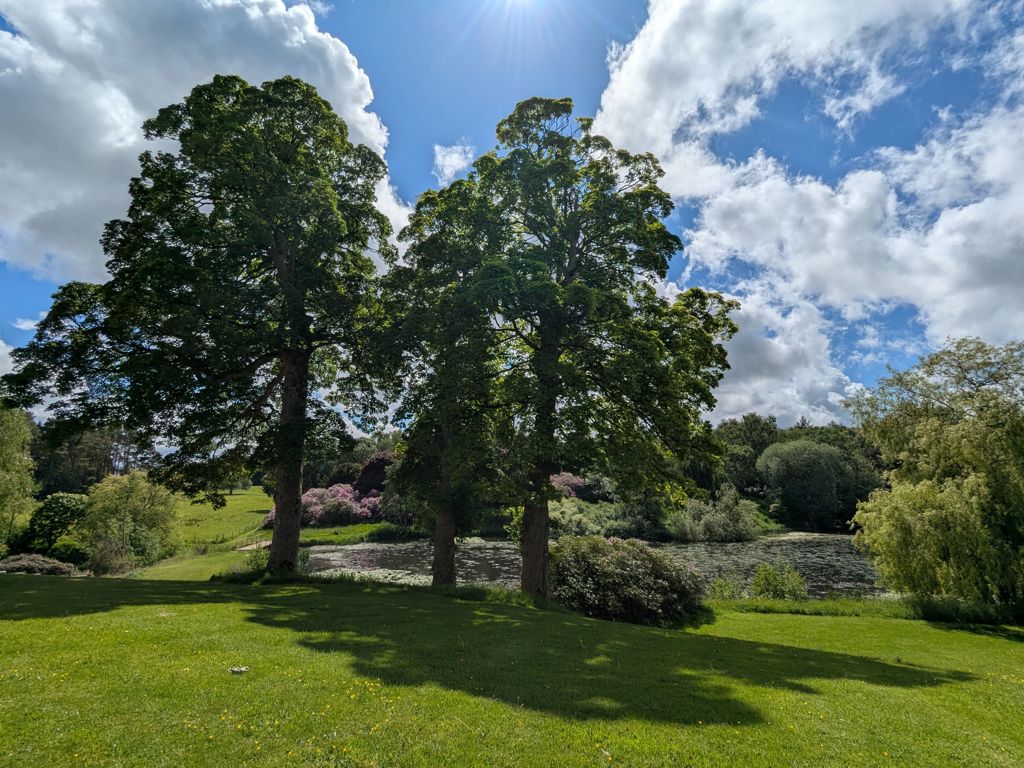
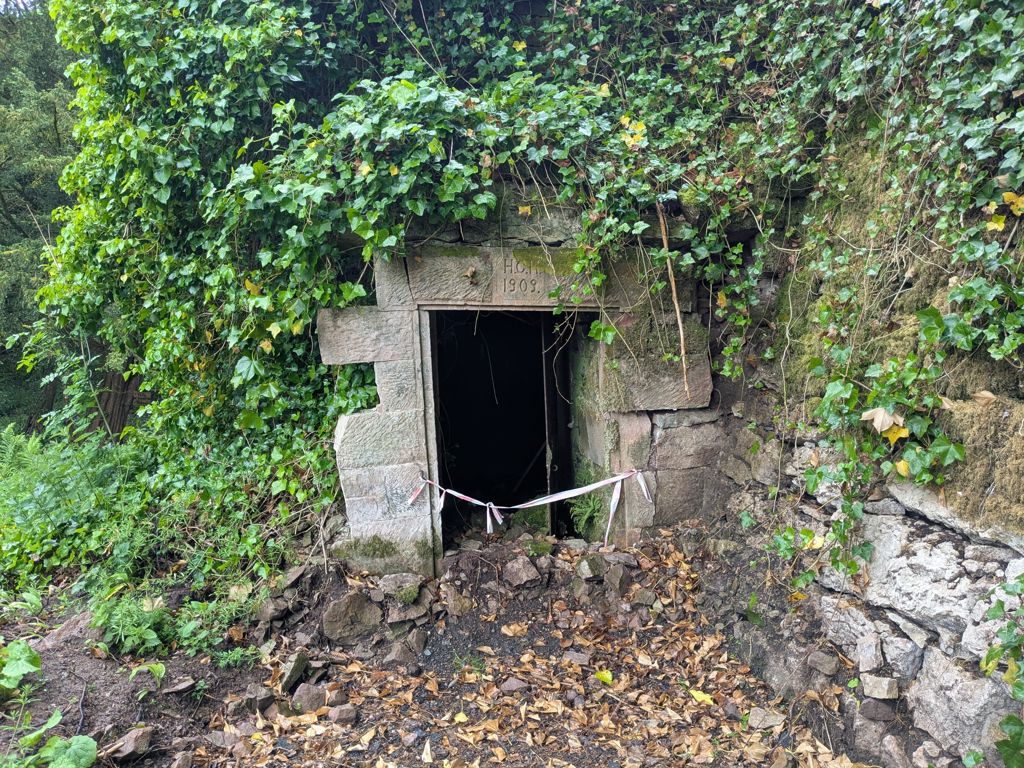
One interesting point is that there are very few images of the front of the castle, leading the current occupier to wonder whether the main entrance was actually at the rear. Some intriguing points he also noted is that due to the thickness of the walls in places and voids he believes that there are hidden passages or rooms yet to be discovered!
Nash has already renovated several rooms and gardens and opened the castle to the public for tours. Looking ahead, he has ambitious plans to continue the restoration and transform Greystoke Castle into a luxury wedding and events venue, securing a vibrant new chapter in its long and storied history.
